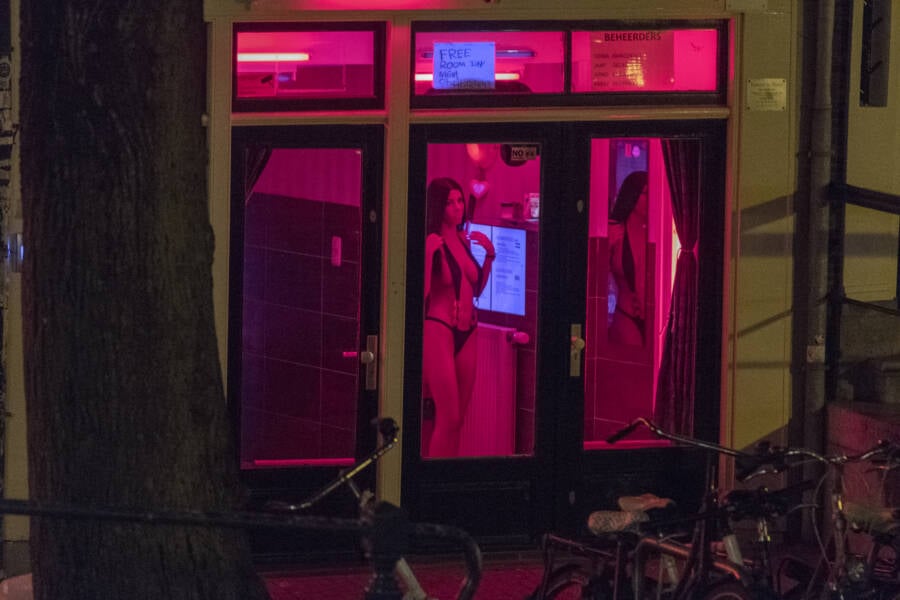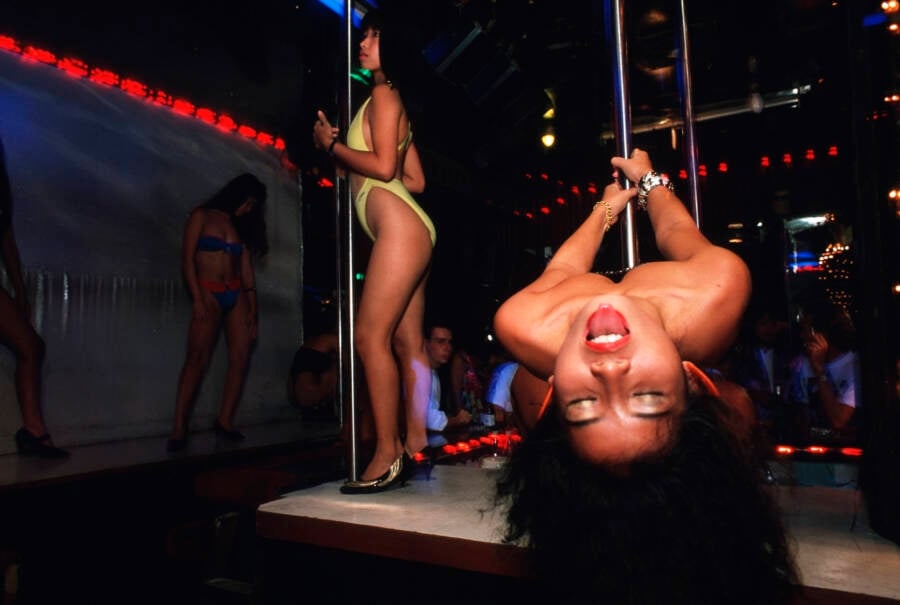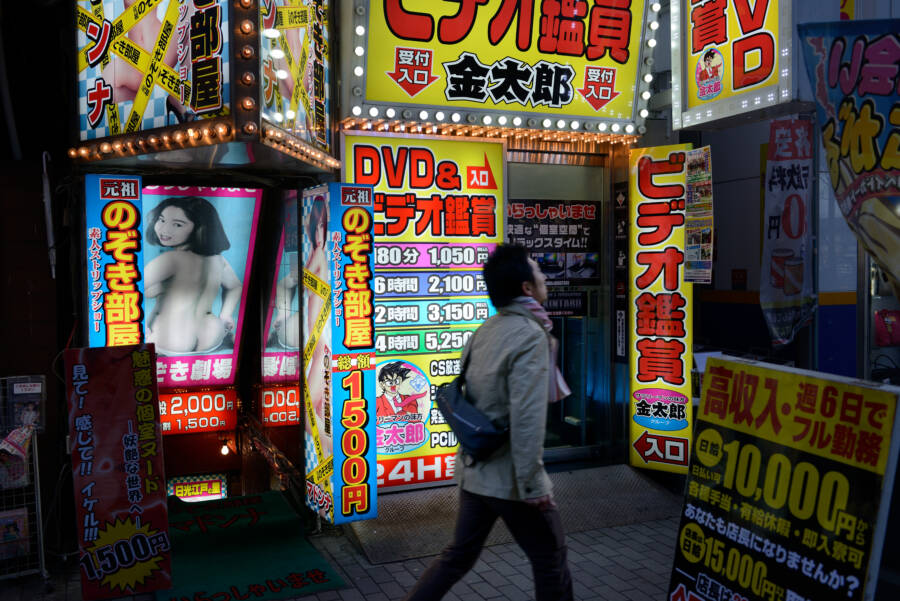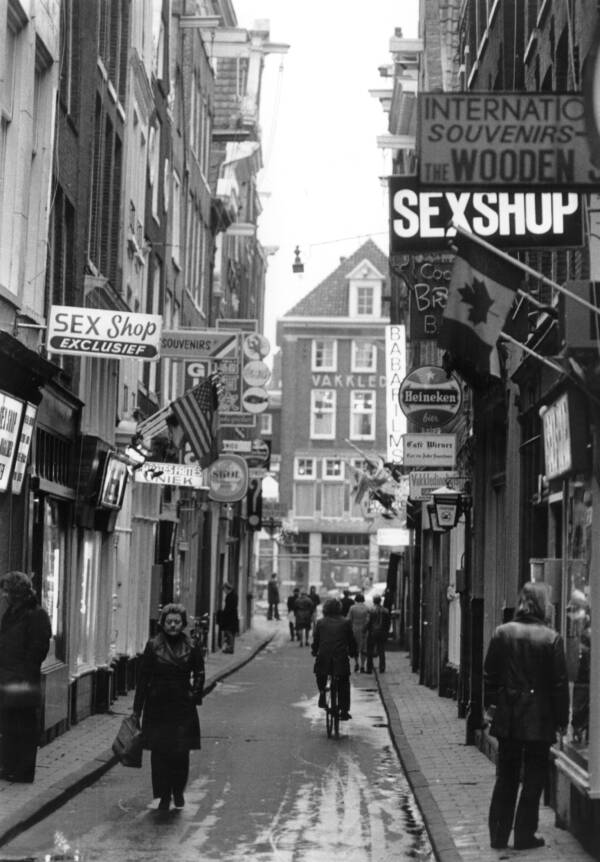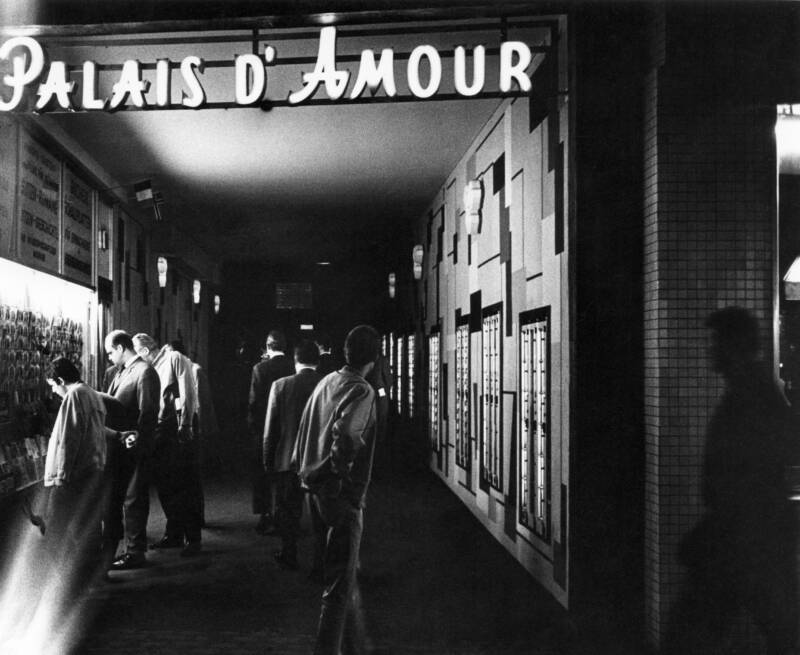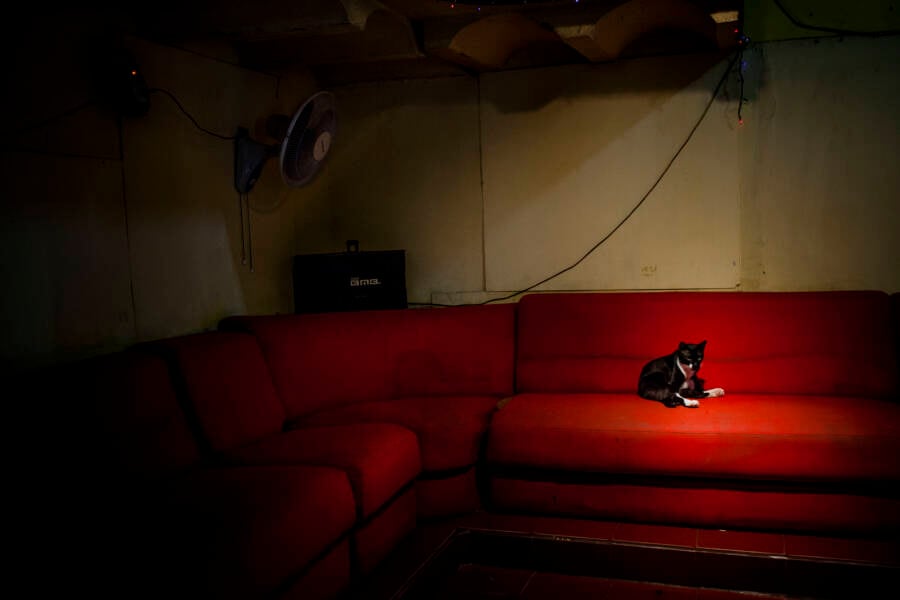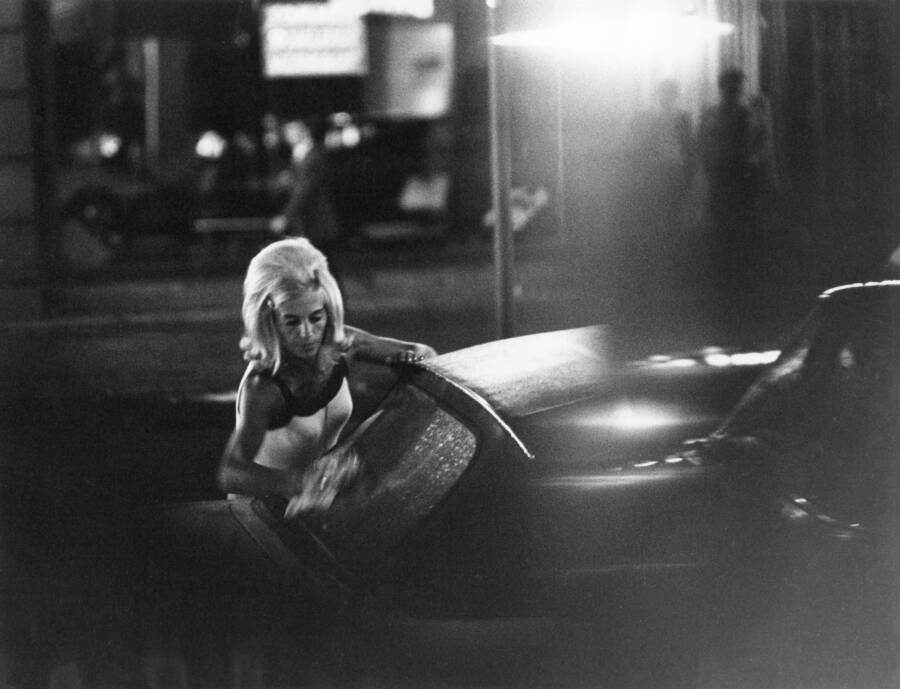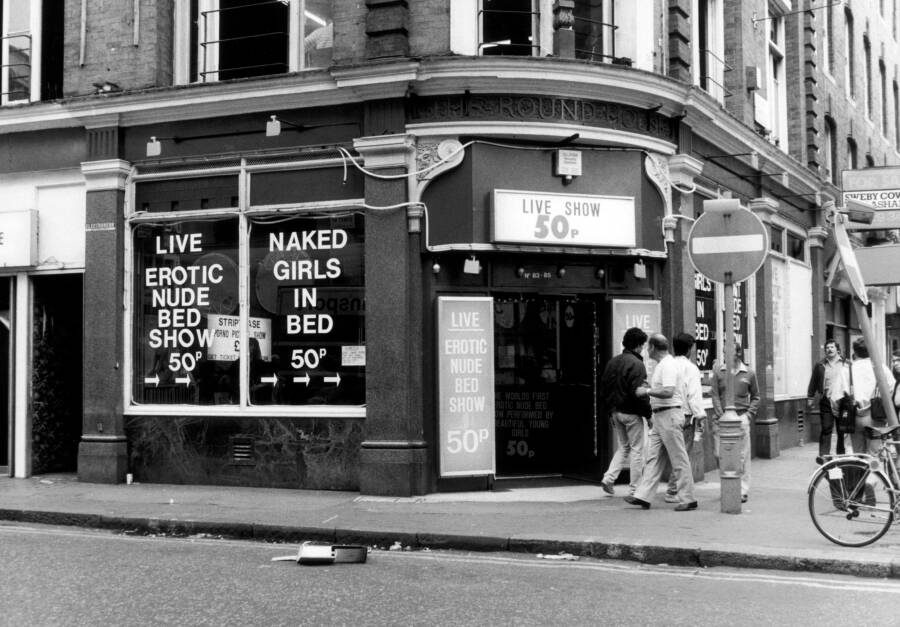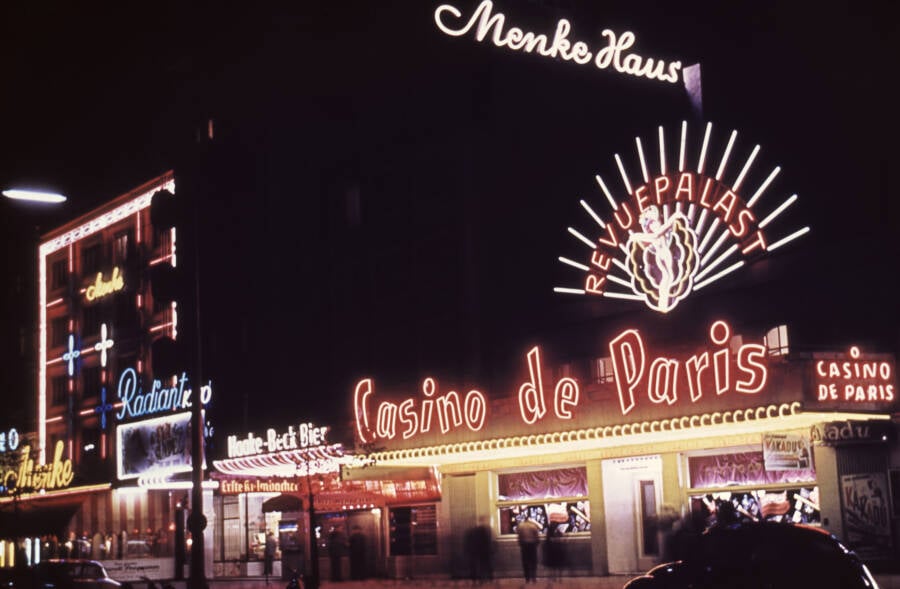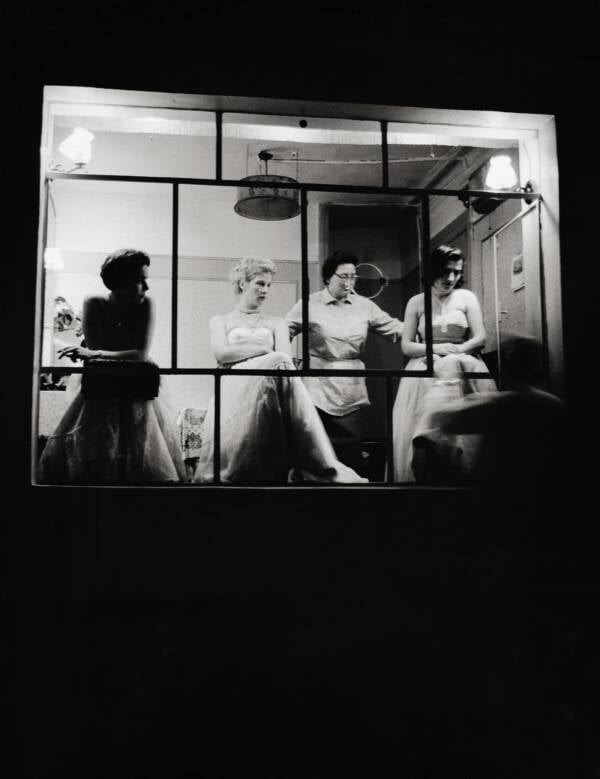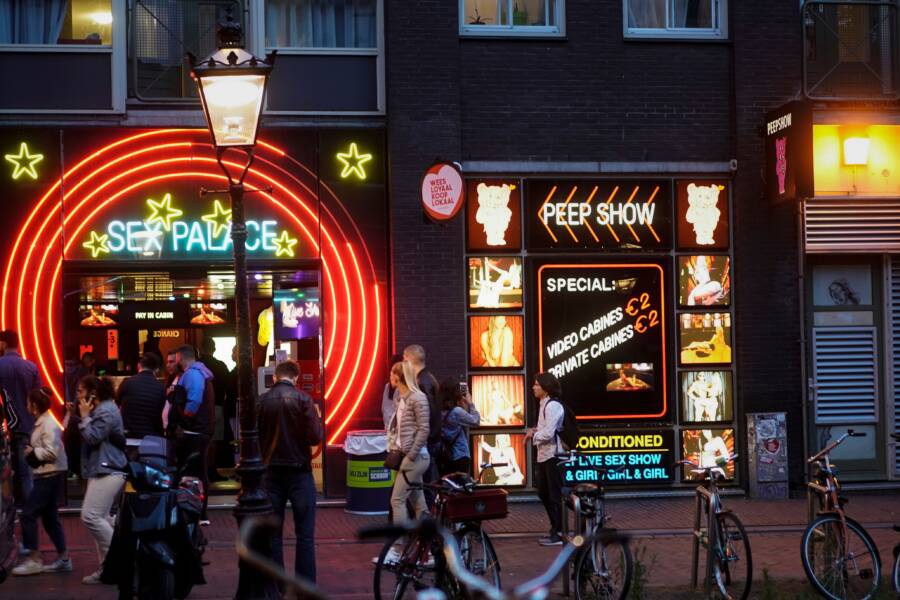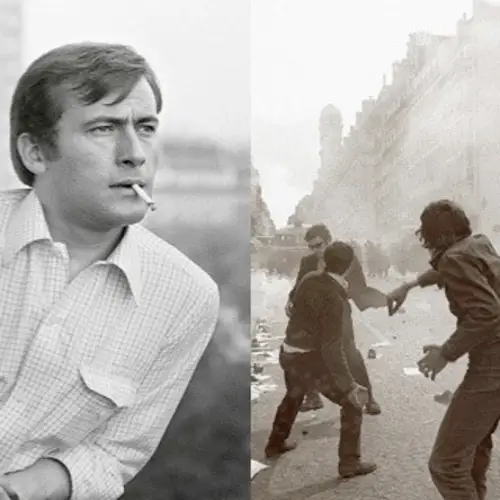Red-light districts are city neighborhoods with a high concentration of sex work. These unique worlds exist all over the globe — and each has their own unique history.
Many people around the world know about red-light districts thanks to places like the famous De Wallen neighborhood in Amsterdam. However, for centuries, red-light districts have existed in various forms all around the globe.
Such neighborhoods where sex work is popular and concentrated, are common in many urban settings. So-named for the red lights signaling sex work in storefront windows, red-light districts exist in cities from Thailand to France to Singapore — and each neighborhood is marked by its own unique history and culture.
But exploitation, criminal activity, and abuse have forced some red-light districts to crumble, while others have faced resistance in the form of protests demanding legal protections for sex workers. And to truly understand the issues facing these places today, we first have to know the history behind some of the world’s most notorious red-light districts.
The History Of Amsterdam's Famous Red-Light District
There are several stories about how these neighborhoods got their name, but one of the most common asserts that the term was coined in 1890s Kansas when railroad workers left their red lanterns outside a sex worker's door so they could be roused when they had to get back to work.
Today, red-light districts prominently display their services with bright lights, too, but historically, these services were sold much more discreetly.

Nino Hilal/Getty ImagesThe famous red-light district in Amsterdam covers a large area of the oldest part of the city.
According to The Culture Trip, in the 19th century, the De Wallen neighborhood displayed red gas lights in the windows to notify clued-in customers as to the true nature of the business within.
Long before that, however, De Wallen was a trading port founded in 1270, where sailors of the Dutch Empire gathered to sell their spoils. Naturally, De Wallen also drew crowds looking to partake in more "unsavory" activities — and sex work quickly flourished.
By the medieval period, De Wallen had become so notorious — and wealthy — that certain groups of people were actually outright forbidden from entering, namely priests and married men, who could be corrupted by De Wallen's seductive delights.
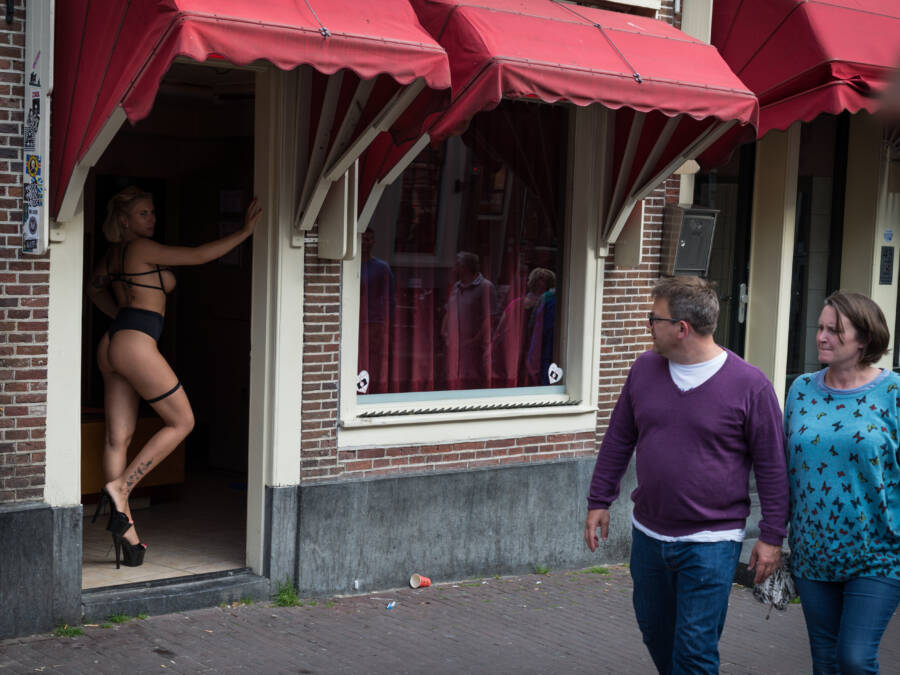
Wikimedia CommonsMany are tempted by what De Wallen has to offer.
For a few good centuries, sex work in De Wallen remained in a strange limbo between legal and illegal. It wasn't expressly forbidden, but it was looked down upon.
That changed in 1578 when Protestant leaders in the Netherlands declared sex work to be illegal, forcing brothels to conduct their business in a more secretive fashion. Then, once again, the practice came to be accepted in the 19th century when Napoleon's army moved through the Netherlands — and frequented the brothels.
And once more, in 1911, brothels became illegal, though sex work itself did not. Thus, the "red-light district" started to earn its name.
Other Red-Light Districts Around The World
De Wallen in Amsterdam may have earned the official title of the Red-Light District, but other parts of the world host regions of equally unabashed sexual frivolity.
Patpong in Bangkok, for example, has become quite famous for its naughty bars and go-go dancers.
According to the Patpong Museum, the now notorious red-light district was once a banana plantation and even served as a headquarters for the Japanese in World War II.
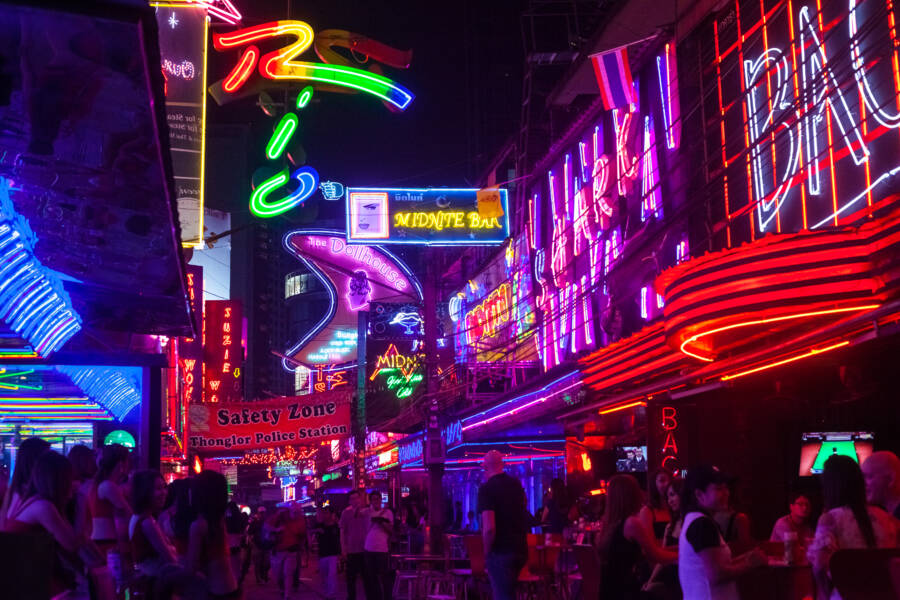
Massimo Borchi/Atlantide Phototravel/Getty ImagesSoi Cowboy street in the red-light district of Bangkok.
Then, in 1946, the land was purchased by a Chinese immigrant named Luang Patpongpanich for only $2,400 — land he intended to be used for his family's home. But when his son Udom Patponsiri inherited the land, he began putting up shopfronts instead, hoping that the high amount of traffic along the nearby road would lead to plenty of successful business ventures.
He was correct, but eventually, business owners realized that sex sells, and the road became lined with brothels.
Other prominent, lively, and scandalous red-light districts can be found both in Frankfurt's Bahnhofsviertel and Hamburg's Reeperbahn neighborhoods in Germany, in Pigalle in Paris, France, in Soho in London, England, and in Kabukichō in Shinjuku-ku, Tokyo, Japan, all of which feature sex-themed storefronts, films, and shops.
That said, while Kabukichō, Soho, and Pigalle are considered red-light districts, they do lack the defining characteristic of their Dutch and German counterparts: sex work is not legal there.
The Future Of Sex Work

TORU YAMANAKA/AFP via Getty ImagesA life-size Godzilla head on an eighth-floor balcony of Hotel Gracery Shinjuku in the Kabukichō shopping district in Tokyo.
Today, there is a lively global movement to decriminalize sex work, as legal prohibitions can compromise a sex worker's health and safety.
Many believe criminalization stigmatizes what should be seen as legitimate work, and because sex workers can also experience violence in connection with their work, criminalization prevents them from seeking protection. Indeed, a majority of voters — 52 percent — in the United States support decriminalizing sex work, and in March 2022, Massachusetts Senator Elizabeth Warren introduced a bill to monitor the health and safety of sex workers.
As laws continue to evolve and conversations around sex work change, red-light districts are sure to change as well. While we don't know what the future holds, we do know that the history of these places gives us a unique perspective on humanity's past.
After all, it's here where religion, crime, commerce, politics, and pleasure collide — and altogether capture the diversity of the human experience.
After learning about red-light districts around the world, read up on the complex history of prostitution around the world. Then, see vintage photos of New York's Times Square from the era when sex work was rampant.
